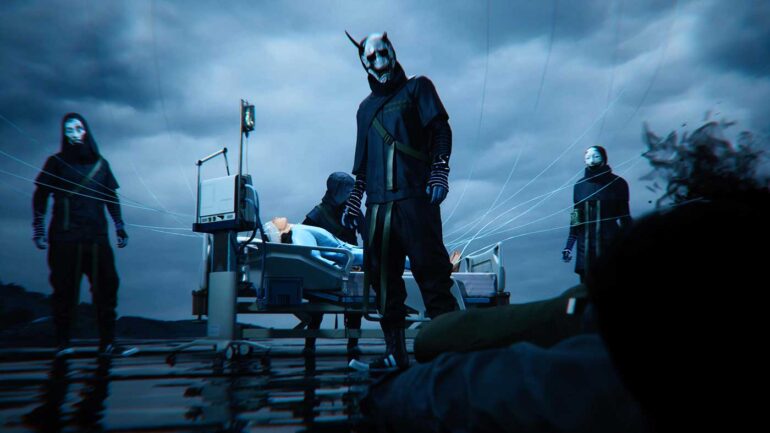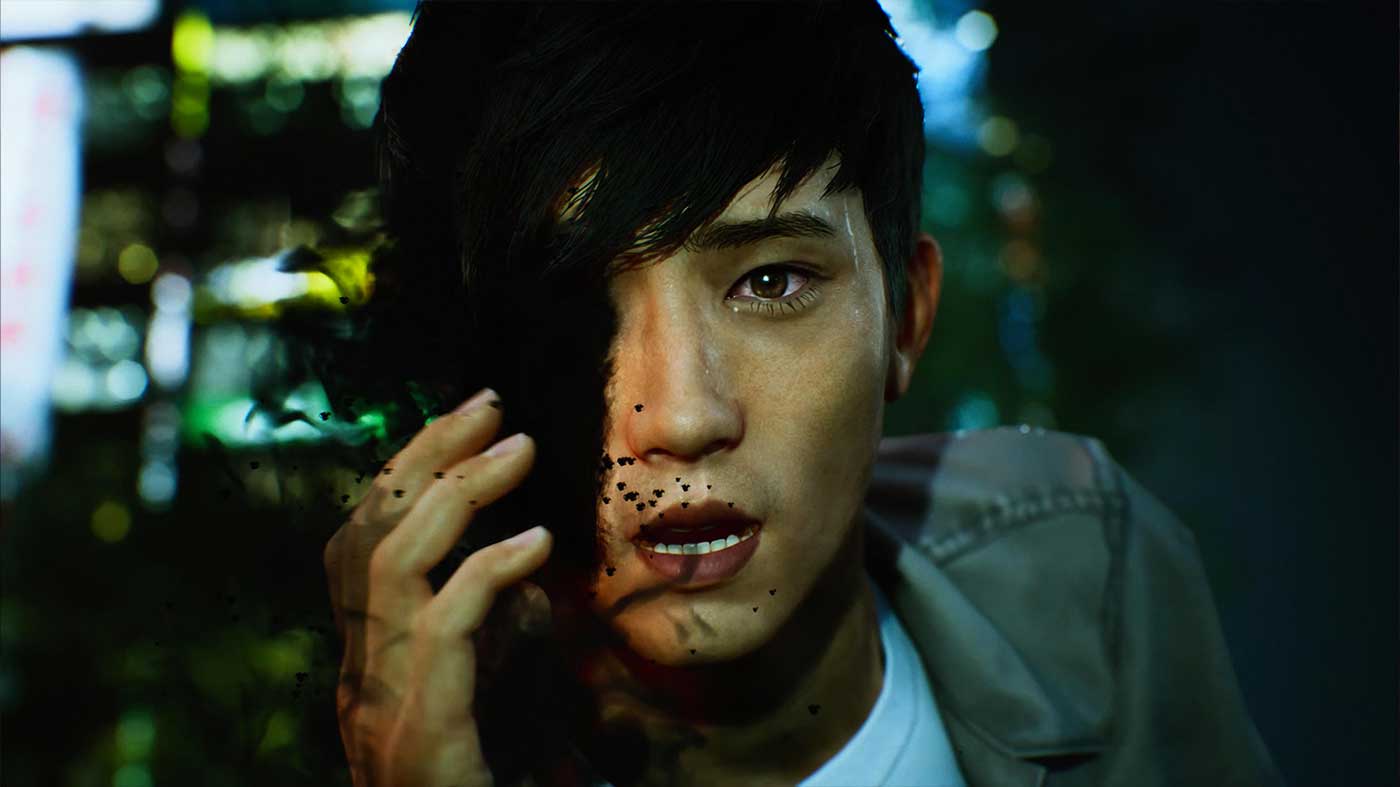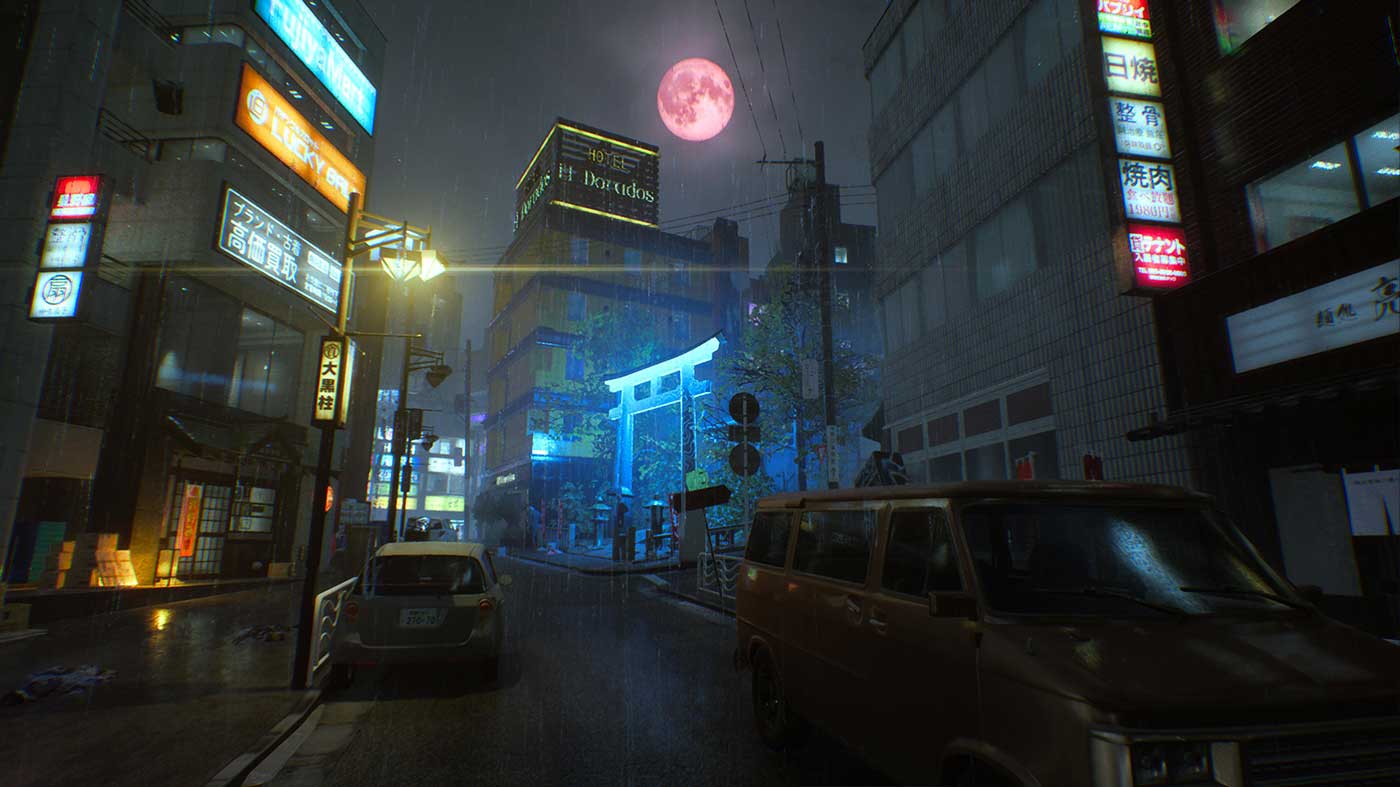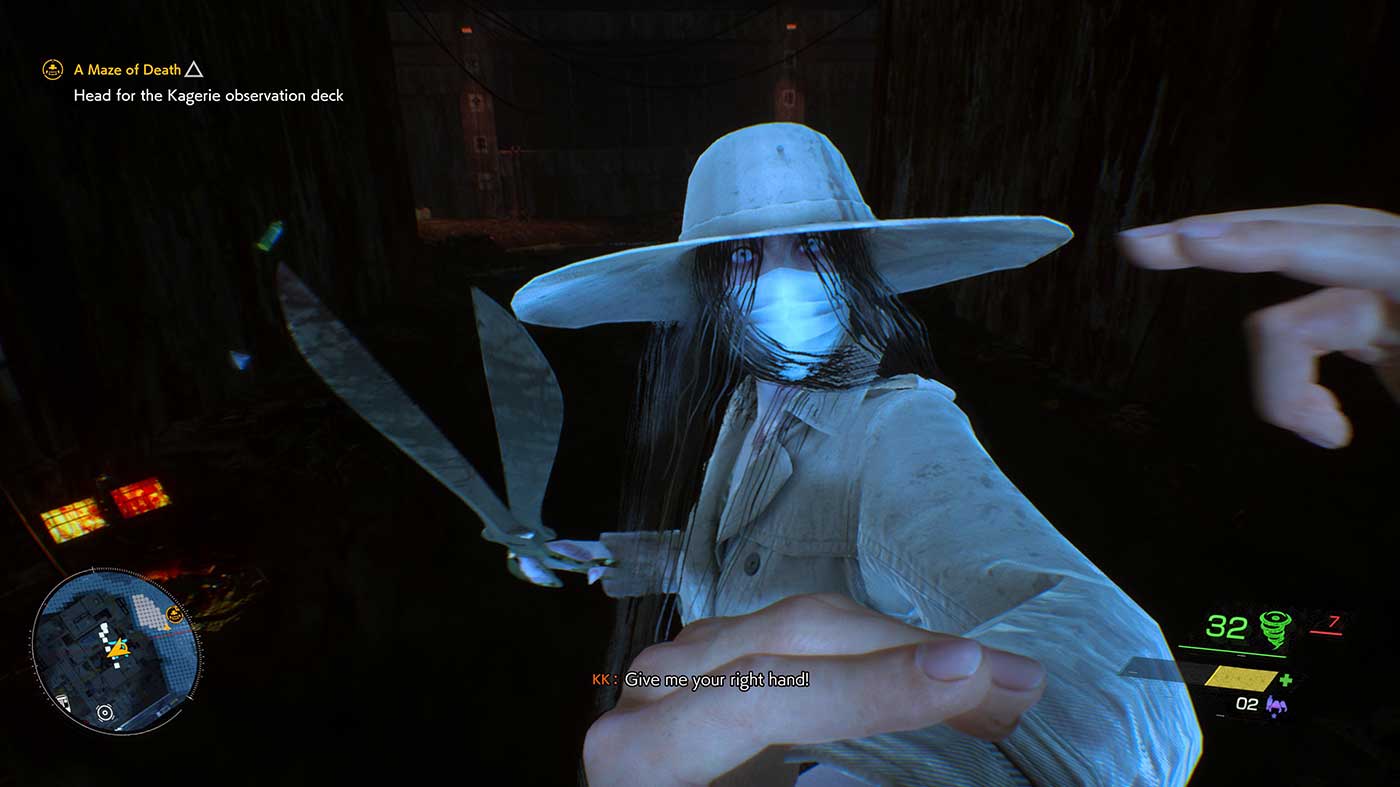When The Evil Within 2 was released, I was surprised to see that game dabble in open-world mechanics and for them to be incredibly competent. Then, when Ghostwire: Tokyo was revealed, I was similarly surprised to discover Tango Gameworks was stepping away from horror for what can best be described as an open-world action game. Now, after six hours with the first two chapters of the game, I can confidently say this could be one of their best playing games yet.
THE CHEAPEST COPY: $74.90 WITH FREE SHIPPING ON AMAZON
Ghostwire: Tokyo is an open-world game, though its world feels slightly different from what you’re used to if you’ve played games from Ubisoft or even the recent Horizon Forbidden West. You play as Akito, a man who has been in a traffic incident and, in his final moments, is possessed by a spirit hunter calling himself KK. KK imbues Akito with supernatural powers and offers him an ultimatum of sorts – help him stop the person responsible for this, and KK will help Akito save his sister.
For this preview, I was able to experience the first two chapters of the game. The first chapter is pretty typical of what you’d expect. It’s a bit of a linear tutorial introducing you to the ethereal weaving that you’ll be using in combat and exploring this warped version of Tokyo. It’s hard to talk about exactly what happens in the first chapter without outwardly ruining any of the game’s surprises, but it does a great job setting up the conflicts, and I’m very excited to see how the story plays out.
The game really gets going in the second chapter as Akito is given a little bit of a looser leash to explore Tokyo. It’s here where the game’s structure becomes obvious – this is an open-world game as you know it. A big map, many icons with both main and side missions to get through. In the past few weeks, I’ve really thought about just how compelling this type of game can continue to be as the saturation gradually increases – but Ghostwire: Tokyo does differently enough in its opening chapters that it manages to elevate itself beyond just another open-world game.
The story missions I played were excellent, gradually introducing new powers for Akito to wield and a nice variety of enemies to use them against. Each of the powers can be charged to have alternate effects – charging the fire weaving power transforms it from a heavy slow-firing projectile into an explosive area of effect grenade. Water weaving is suitable for multiple enemies, allowing Akito to conjure a wave of water to hit multiple enemies at a time. It can even be charged into a fancy-looking water disc that can slice through even more enemies at once. Wind weaving is the starting power and the simplest projectile though it can be charged to fire multiple wind bursts at once.
The different spells and enemies all come together to create some pretty fun encounters so far. However, each of the enemies I encountered in the first chapters was some variants of a human, so I do have some concerns about the enemy variety going forward. The combat itself also feels quite simplistic – the elemental aspects don’t seem to tie into any weaknesses – so most battles have you simply pelting enemies until they fall.
Stealth is a viable option, too, it seems, as Akito can perform stealth takedowns if he gets close enough to enemies without them noticing him. When that’s just not possible, he also has access to a bow and arrow. At present, I only got to play around with regular arrows – though I assume more different types will be unlocked as the game progresses. The stealth mechanics are serviceable, once again like something you’d find in Far Cry, though I found myself getting spotted on purpose because the combat with magic was so much more enjoyable.
To some extent, I hope that the bow and arrow mechanics see more development. It seems there will be times when Akito gets separated from KK and loses his powers. These areas are presumably meant to force stealth as the bow has limited ammo and is considerably worse during active combat, but I was able to “brute force” them and just run through them after things got a bit frustrating. Stripping the most exciting and unique aspect of the game away from the player seems like a questionable design choice, so I really hope this pays off as the story progresses.
What really stands out for me in the early days about Ghostwire: Tokyo is just how rich the world is. Sure, there are side quests, and it’s a typical open world. But so much of the city’s rooftops can be explored and the ground level too. It’s an oddly unique open world, one that’s both vertically built but also dense. While you can’t walk into the game’s numerous bars, clubs, and shops, you can still hear muffled music coming out of them. It’s these little details that make the empty world of Ghostwire: Tokyo feel so alive – as if the city was a genuinely bustling metropolis and everyone literally just vanished. Which I guess is what happened.
Adding to this is that the side content is just as compelling as the main story content. In my time with the game so far, I’ve finished about ten of them, and each of them had a pretty compelling backstory behind it that was usually tied to a unique yokai. These missions are obvious side content in the way they play, where you’ll have to go to an area to explore or kill something before being rewarded with some story pay-off. But the stories told are so interesting and unique to me (as someone with only a cursory understanding of Japanese folklore) that I had to seek them out.
There are still some elements that are bound to annoy some players. For one, until you purify a shrine in a district, the world is surrounded by a poisonous fog that doesn’t let you go wherever you want to go. I find this reasonable for story purposes, but it can be frustrating to just wander into the fog and be hit with lowered health. Similarly, there are admittedly a whole bunch of collectibles to find that feel somewhat dated by today’s open-world standards, but they’re so easy to find and so densely distributed that I personally think it’s a little bit more excusable.
Spending time with just over six hours of Ghostwire: Tokyo, I feel like I’m only just getting started, given I’ve only experienced two of the game’s chapters. It’s a bit cliché to say at this point, but so far, Ghostwire: Tokyo is easily greater than the sum of its parts. However, the question remains as to whether or not it’ll be able to keep up variety in combat options and enemy design. That’ll ultimately make or break it for me. But so far, Ghostwire: Tokyo has me very excited to experience more.
Ghostwire: Tokyo launches for PlayStation 5 and PC on March 25th 2022. The cheapest copy is currently $74.90 with free delivery from Amazon.








